Grow Borage at Home? Absolutely! And I’m here to tell you it’s easier than you might think. Forget those fancy garden centers and expensive herbs – we’re diving into the wonderful world of DIY gardening, and borage is our star. Have you ever dreamt of a garden bursting with vibrant blue, star-shaped flowers that not only look beautiful but also attract pollinators like bees and butterflies? Well, borage is your answer!
Borage, also known as starflower, has a rich history, dating back to ancient times. The Romans believed it brought courage, and it was often added to wine to lift spirits. Even in the Middle Ages, borage was a popular medicinal herb. But beyond its historical significance, growing borage at home offers so much more.
In today’s busy world, we often forget the simple joys of connecting with nature. Growing your own herbs, like borage, is a fantastic way to de-stress, learn new skills, and enjoy fresh, homegrown ingredients. Plus, borage is incredibly versatile! You can use its leaves in salads, its flowers as a garnish, and even make a refreshing borage tea. So, if you’re looking for a rewarding and easy gardening project, learning how to grow borage at home is a must. Let’s get started and transform your garden into a borage haven!
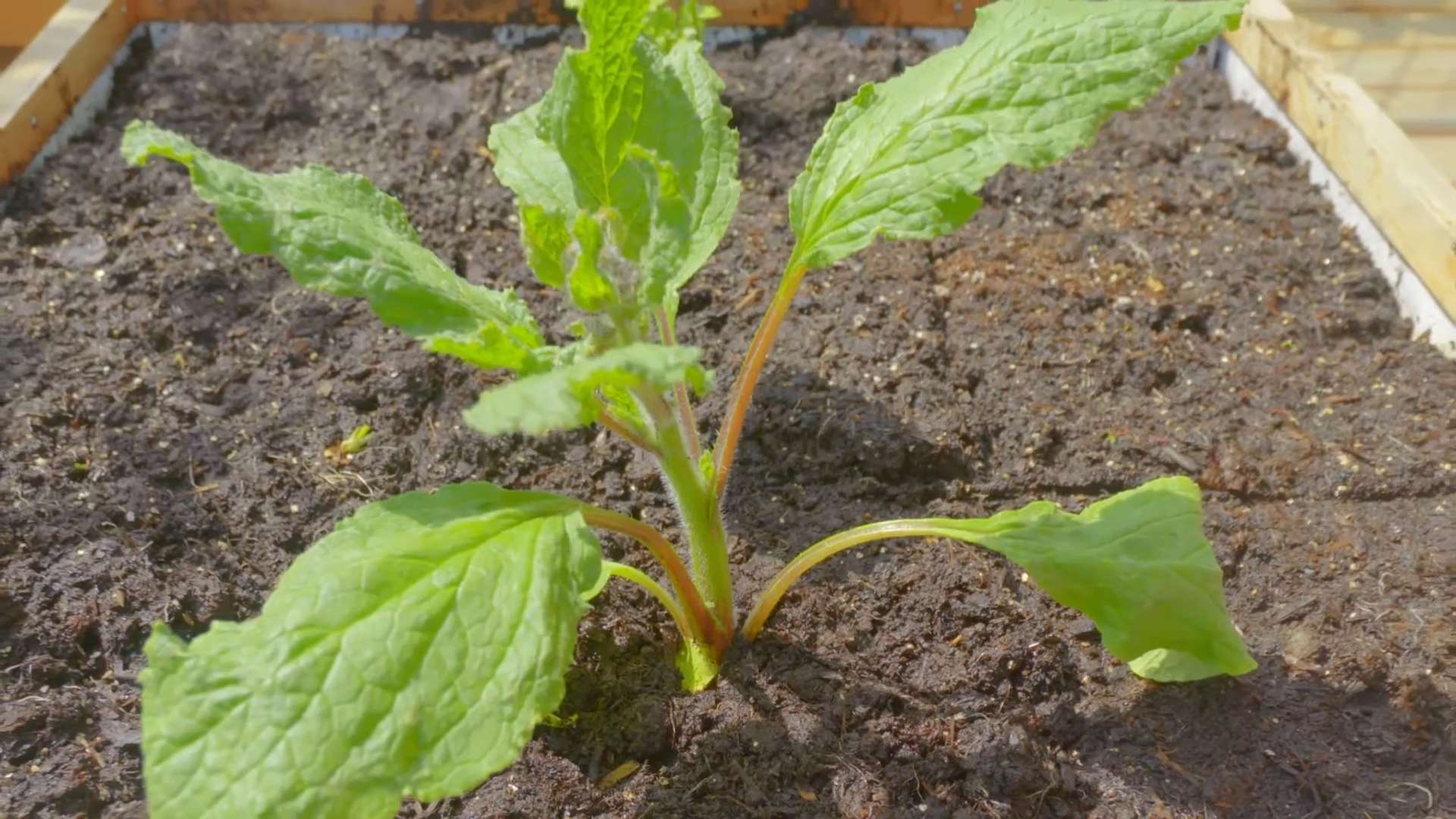
Growing Borage: A Beginner’s Guide to This Bee-Loving Herb
Hey there, fellow gardening enthusiasts! Today, I’m super excited to share my experience with growing borage, also known as starflower. This beautiful herb is not only easy to grow but also incredibly beneficial for your garden and the local bee population. Trust me, once you see those vibrant blue flowers buzzing with happy bees, you’ll be hooked!
Why Grow Borage?
Before we dive into the how-to, let’s talk about why you should consider adding borage to your garden.
* Attracts Pollinators: Borage is a bee magnet! Its nectar-rich flowers are irresistible to bees, butterflies, and other beneficial insects, helping to pollinate your other plants.
* Improves Soil: Borage is a dynamic accumulator, meaning it draws nutrients from deep within the soil and stores them in its leaves. When the plant decomposes, these nutrients are released back into the soil, enriching it for other plants.
* Natural Pest Control: Borage can help repel certain pests, such as tomato hornworms and cabbage moths. It also attracts beneficial insects that prey on aphids and other garden pests.
* Edible Flowers and Leaves: The flowers have a mild cucumber-like flavor and can be used in salads, drinks, and desserts. The young leaves can also be eaten, but they are a bit hairy, so use them sparingly.
* Medicinal Properties: Borage oil is known for its anti-inflammatory properties and is often used in skincare products.
Getting Started: What You’ll Need
Okay, so you’re convinced, right? Here’s what you’ll need to get started growing your own borage:
* Borage Seeds: You can find these at most garden centers or online.
* Potting Soil (for starting indoors) or Garden Soil: Choose a well-draining soil.
* Pots or Seed Trays (if starting indoors): Small pots or seed trays work perfectly.
* Gardening Gloves: To protect your hands.
* Watering Can or Hose: For watering your plants.
* Sunny Location: Borage loves sunshine!
* Optional: Compost or Organic Fertilizer: To enrich the soil.
Step-by-Step Guide to Growing Borage
Now for the fun part! Here’s a detailed guide to growing borage, whether you choose to start indoors or directly sow the seeds in your garden.
Section 1: Starting Borage Seeds Indoors (Optional)
Starting borage seeds indoors gives you a head start, especially if you live in an area with a short growing season.
1. Prepare Your Seed Trays or Pots: Fill your seed trays or small pots with potting soil. Gently press the soil down to remove any air pockets.
2. Sow the Seeds: Make a small indentation (about 1/4 inch deep) in the soil. Place one or two borage seeds in each indentation and cover them with soil.
3. Water Gently: Water the soil gently using a watering can or spray bottle. Make sure the soil is moist but not waterlogged.
4. Provide Warmth and Light: Place the seed trays or pots in a warm location with plenty of sunlight. A sunny windowsill or a grow light works well. The ideal temperature for germination is between 60-70°F (15-21°C).
5. Keep the Soil Moist: Check the soil daily and water as needed to keep it moist. Avoid overwatering, which can lead to rot.
6. Wait for Germination: Borage seeds typically germinate in 5-14 days. Be patient!
7. Thin Seedlings (if necessary): If you planted more than one seed per pot, thin the seedlings to one per pot once they have a few true leaves. Choose the strongest seedling and gently snip off the others at the soil level.
8. Harden Off Seedlings: Before transplanting your seedlings outdoors, you’ll need to harden them off. This process gradually acclimates them to outdoor conditions. Start by placing the seedlings outdoors in a sheltered location for a few hours each day, gradually increasing the amount of time they spend outside over the course of a week.
Section 2: Direct Sowing Borage Seeds Outdoors
Direct sowing is a simple and effective way to grow borage, especially if you have a longer growing season.
1. Prepare the Soil: Choose a sunny location in your garden with well-draining soil. Remove any weeds, rocks, or debris from the area. Amend the soil with compost or organic fertilizer to improve its fertility.
2. Sow the Seeds: Make shallow furrows (about 1/2 inch deep) in the soil, spacing them about 12-18 inches apart. Sow the borage seeds directly into the furrows, spacing them about 6-8 inches apart.
3. Cover the Seeds: Gently cover the seeds with soil and lightly pat it down.
4. Water Thoroughly: Water the soil thoroughly using a watering can or hose. Make sure the soil is moist but not waterlogged.
5. Keep the Soil Moist: Check the soil daily and water as needed to keep it moist, especially during dry periods.
6. Wait for Germination: Borage seeds typically germinate in 5-14 days.
7. Thin Seedlings: Once the seedlings emerge and have a few true leaves, thin them to about 12-18 inches apart. This will give them enough space to grow and thrive.
Section 3: Caring for Your Borage Plants
Once your borage plants are established, they are relatively low-maintenance. Here are a few tips to keep them healthy and happy:
1. Watering: Water your borage plants regularly, especially during dry periods. Aim to keep the soil consistently moist but not waterlogged.
2. Fertilizing: Borage doesn’t require a lot of fertilizer, but you can give it a boost with a side dressing of compost or organic fertilizer every few weeks.
3. Weeding: Keep the area around your borage plants free of weeds, which can compete for nutrients and water.
4. Deadheading: To encourage more blooms, deadhead (remove) spent flowers regularly. This will also prevent the plant from self-seeding too aggressively.
5. Pest Control: Borage is generally pest-resistant, but keep an eye out for aphids or other common garden pests. If you spot any, you can try spraying them with insecticidal soap or neem oil.
6. Support (Optional): If your borage plants get tall and leggy, you may need to provide them with some support, such as stakes or a trellis.
Section 4: Harvesting Borage
Harvesting borage is easy and rewarding!
1. Harvesting Flowers: You can harvest borage flowers as soon as they open. Simply snip them off the plant with scissors or your fingers. Use them fresh in salads, drinks, or desserts.
2. Harvesting Leaves: Harvest young borage leaves when they are tender and less hairy. Use them sparingly in salads or cooked dishes.
3. Harvesting Seeds: If you want to collect borage seeds for next year, allow some of the flowers to dry on the plant. Once the seed pods are brown and dry, you can harvest them and store the seeds in a cool, dry place.
Troubleshooting Common Borage Problems
Even with the best care, you might encounter a few problems while growing borage. Here are some common issues and how to address them:
* Leggy Growth: If your borage plants are tall and leggy, it could be due to insufficient sunlight. Make sure they are getting at least 6 hours of sunlight per day. You can also try pinching back the stems to encourage bushier growth.
* Yellowing Leaves: Yellowing leaves can be a sign of overwatering or nutrient deficiency. Check the soil moisture and adjust your watering accordingly. You can also try fertilizing the plants with a balanced fertilizer.
* Powdery Mildew: Powdery mildew is a fungal disease that can affect borage plants, especially in humid conditions. To prevent powdery mildew, provide good air circulation around the plants and avoid overhead watering. If you spot powdery mildew, you can try spraying the plants with a fungicide.
* Aphids: Aphids are small, sap-sucking insects that can infest borage plants. You can control aphids by spraying them with insecticidal soap or neem oil. You can also try attracting beneficial insects, such as ladybugs, which prey on aphids.
Enjoying Your Borage Harvest
Now that you’ve successfully grown and harvested your borage, it’s time to enjoy the fruits (or rather, flowers and leaves) of your labor! Here are a few ideas:
* Borage Flower Salad: Add b
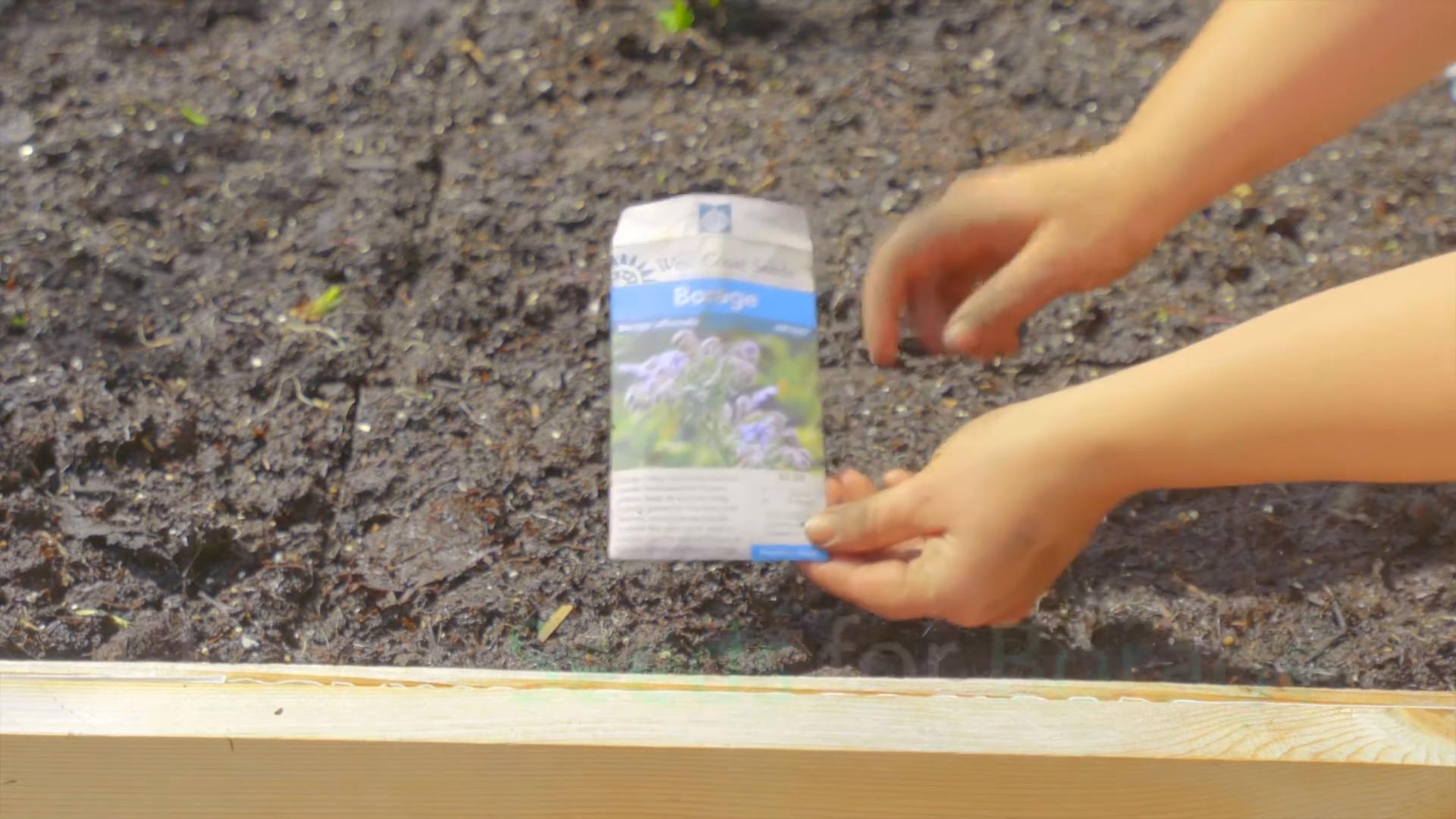
Conclusion
So, there you have it! Growing borage at home is not just a fun gardening project; it’s a gateway to a world of culinary and medicinal possibilities. From the vibrant blue blossoms that add a touch of elegance to salads and cocktails to the leaves that offer a subtle cucumber-like flavor, borage is a truly versatile herb. This DIY trick, cultivating your own borage, is a must-try for anyone looking to enhance their garden, elevate their cooking, and embrace a more sustainable lifestyle.
Why is this a must-try? Because store-bought herbs, even when organic, often lack the freshness and vibrancy of homegrown varieties. Plus, you have complete control over the growing process, ensuring that your borage is free from harmful pesticides and herbicides. Imagine the satisfaction of snipping fresh borage leaves right before adding them to your favorite summer drink or using the delicate flowers to garnish a special dish. It’s a simple pleasure that brings you closer to nature and adds a unique touch to your culinary creations.
But the benefits extend beyond the kitchen. Borage is also a fantastic companion plant, attracting pollinators like bees and deterring pests in your garden. It’s a natural way to promote biodiversity and create a thriving ecosystem right in your backyard. And let’s not forget the potential medicinal uses of borage, traditionally used to soothe skin irritations and support overall well-being.
Looking for variations? Consider growing different varieties of borage. While the common variety boasts beautiful blue flowers, you can also find white-flowered borage for a unique twist. Experiment with different planting locations to see where your borage thrives best. Some gardeners find that borage does well in full sun, while others prefer a partially shaded spot. You can also try growing borage in containers if you have limited garden space. Just make sure to choose a pot that’s large enough to accommodate the plant’s root system.
Another fun variation is to incorporate borage into your composting routine. The plant is rich in minerals and nutrients, making it a valuable addition to your compost pile. It helps to enrich the soil and create a nutrient-rich environment for your other plants.
We wholeheartedly encourage you to give this DIY trick a try. Growing borage at home is a rewarding experience that will bring joy to your garden and your kitchen. Don’t be afraid to experiment and find what works best for you. And most importantly, share your experience with us! We’d love to hear about your successes, your challenges, and your creative ways of using borage. Post photos of your borage plants, share your favorite recipes, and let us know what you’ve learned along the way. Together, we can create a community of borage enthusiasts and inspire others to embrace the joys of homegrown herbs. So, grab some seeds, get your hands dirty, and start growing your own borage today! You won’t regret it.
Frequently Asked Questions (FAQ)
What are the best conditions for growing borage?
Borage thrives in well-drained soil and prefers full sun to partial shade. It’s a relatively low-maintenance plant and can tolerate a wide range of soil conditions. However, it does best in soil that is rich in organic matter. Aim for at least six hours of sunlight per day for optimal growth and flowering. If you live in a particularly hot climate, providing some afternoon shade can help prevent the leaves from scorching.
How often should I water my borage plant?
Water borage regularly, especially during dry periods. The soil should be kept consistently moist, but not waterlogged. Overwatering can lead to root rot, so it’s important to allow the soil to dry out slightly between waterings. A good rule of thumb is to water deeply whenever the top inch of soil feels dry to the touch. During hot weather, you may need to water more frequently.
When is the best time to plant borage?
The best time to plant borage is in the spring, after the last frost. You can also start seeds indoors a few weeks before the last frost and transplant them outdoors once the weather warms up. In warmer climates, you can plant borage in the fall for a winter harvest. Borage is a relatively fast-growing plant, so you can expect to see flowers within a few weeks of planting.
How do I harvest borage leaves and flowers?
Harvest borage leaves and flowers as needed throughout the growing season. The leaves are best harvested when they are young and tender. Simply snip them off with scissors or your fingers. The flowers can be harvested when they are fully open. Gently pluck them from the plant. Both the leaves and flowers are edible and can be used in a variety of culinary applications.
Is borage invasive?
Borage can self-seed readily, so it can become somewhat invasive if left unchecked. To prevent it from spreading too aggressively, you can deadhead the flowers after they bloom. This will prevent the plant from producing seeds. You can also pull up any unwanted seedlings that pop up in your garden. However, many gardeners find that borage is a welcome addition to their garden, even if it does spread a bit.
What are some common pests and diseases that affect borage?
Borage is generally a pest-resistant plant, but it can occasionally be affected by aphids, spider mites, or whiteflies. These pests can be controlled with insecticidal soap or neem oil. Borage is also susceptible to powdery mildew, especially in humid conditions. To prevent powdery mildew, ensure good air circulation around the plants and avoid overhead watering.
Can I grow borage in containers?
Yes, borage can be grown in containers. Choose a pot that is at least 12 inches in diameter to accommodate the plant’s root system. Use a well-draining potting mix and water regularly. Container-grown borage may need to be fertilized more frequently than plants grown in the ground.
What are the culinary uses of borage?
Borage leaves have a mild, cucumber-like flavor and can be used in salads, soups, and dips. The flowers have a slightly sweeter flavor and can be used to garnish salads, cocktails, and desserts. Borage leaves can also be cooked like spinach or used to make tea.
Are there any medicinal benefits to growing borage at home?
Borage has traditionally been used to treat a variety of ailments, including skin irritations, coughs, and colds. Borage oil is rich in gamma-linolenic acid (GLA), an omega-6 fatty acid that has anti-inflammatory properties. However, it’s important to note that more research is needed to confirm the medicinal benefits of borage. Always consult with a healthcare professional before using borage for medicinal purposes.
Where can I buy borage seeds or plants?
Borage seeds and plants are widely available at garden centers, nurseries, and online retailers. Look for reputable suppliers that offer high-quality seeds and plants. You can also save seeds from your own borage plants to grow the following year.

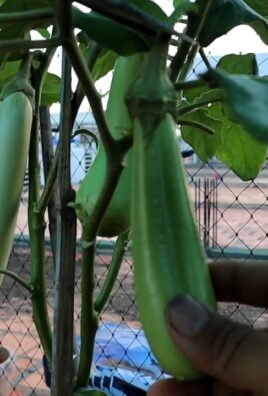
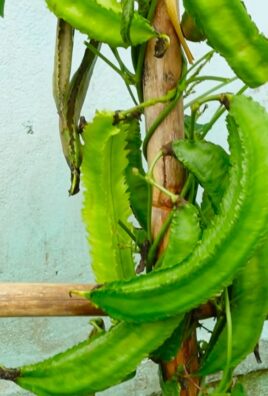
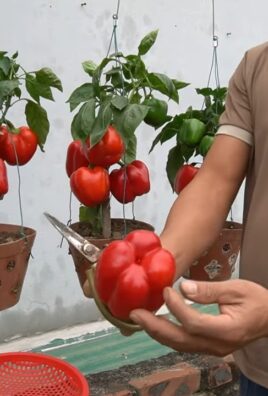
Leave a Comment